In the world of visual artist Helga Stentzel, ordinary objects come to life in truly imaginative ways. Whether it’s her renowned clothesline ‘animals’ or her edible creatures, and whether she’s working with video, photography, sculpture or illustration, Stentzel’s versatile portfolio and whimsical artistic style has made waves across the art scene – and social media – in recent years. Here, we chat with the artist herself to reveal her creative evolution, explore her connection with her audience, and uncover the mysteries behind her spellbinding creations.
Amex Essentials: What drew you to the world of art? Did you always want to be an artist?
Helga Stentzel: Oh, no, actually, I never wanted to be an artist. I was always drawing things as a child and as a teenager – and as an older person – but I never wanted to be an artist. I wanted to be an interior designer at first; then I wanted to work in advertising. Then I wanted to be a graphic designer. And yeah, now I’m an artist. So it was a long path to what I’m doing now, but I think I have benefited from all the aspects – from interior design, from advertising to graphic design. What I’m doing now heavily relies on what I’ve done in the past.
Your work often incorporates everyday objects in ways that might be unexpected. How do you find inspiration in the ordinary?
As a child, I spent a lot of time with my grandmother, who used to live in a village where there was no entertainment at all. She didn’t really have that many books. She only had one local newspaper and two TV channels. No computer, nothing. So I had to find ways to entertain myself.
I remember laying in bed and looking at a carpet, looking at wood in the floorboards, examining cobwebs, pretty much anything. And I think this is just how my mind began seeing things and began connecting things with each other and seeing those stories. It’s all about looking around and finding the details that are interesting, and then thinking what else they could possibly be.
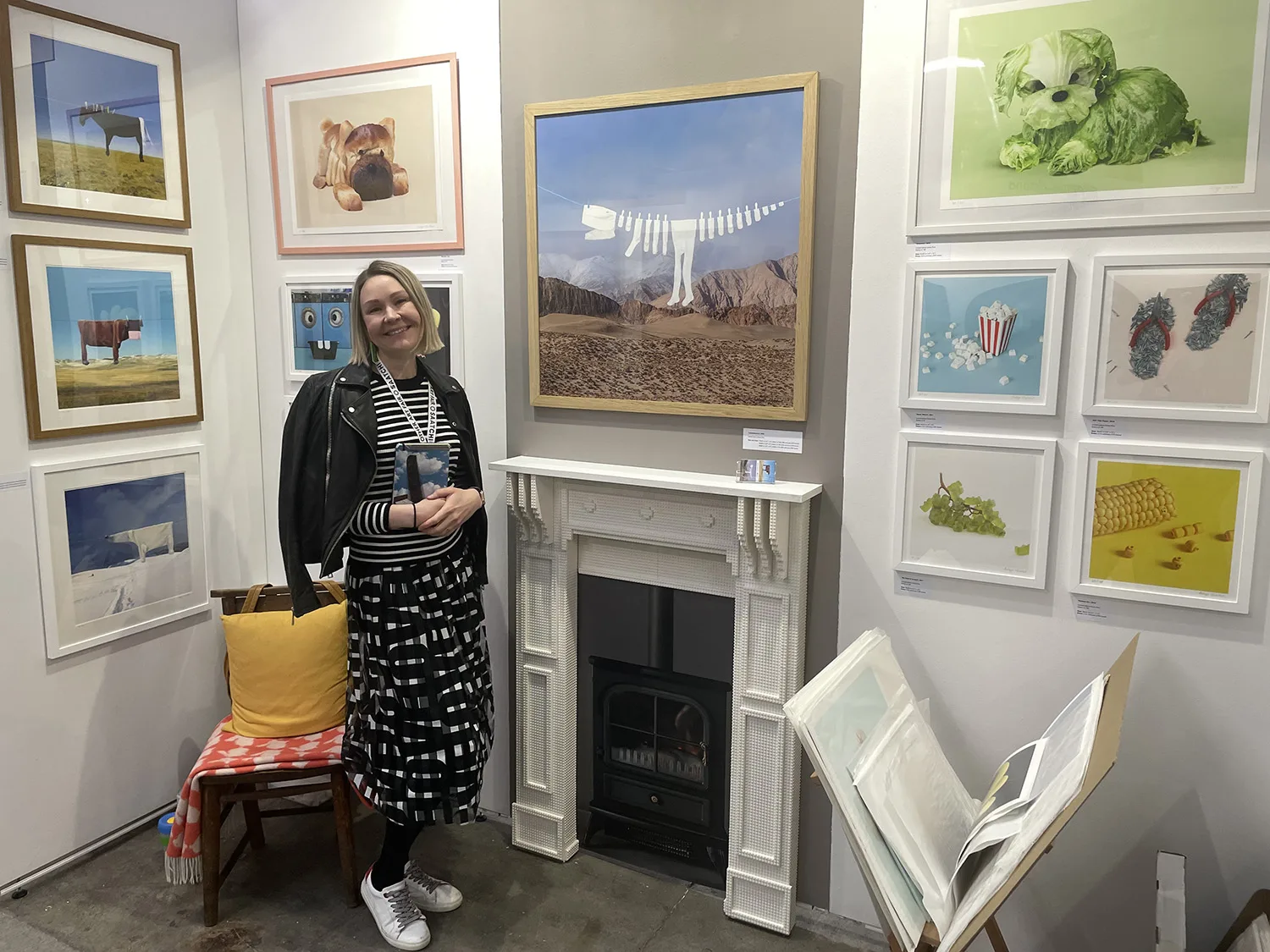
Your work has this playful tone to it, maybe even humorous at times. Does humour play a role in your creative process?
Oh, absolutely. My grandmother had a great sense of humour. She suffered a lot in her life – she was sent to a labour camp as a very young girl, so she did have her fair share of struggles. I think a sense of humour was what helped her to get through all this and keep her sanity.
Luckily, I didn’t have to struggle as much, but I think humour is what helps us human beings distance ourselves from hard reality – you know, from all the bad or unpleasant things that we see or encounter. By creating this distance, this buffer, we can gain some time to really take a breath and see reality for what it is without any spontaneous reactions.
I think humour is a great tool, and we're all very lucky to have it. It's a gift.
What I do with my work is to look at something, something that is perceived as ugly, and then take a step back and think, “is it really ugly?” Something like a clothesline – clotheslines are usually very ugly; people don’t like looking at clotheslines at all. They like keeping them in their backyards. And I’m trying to say, well, if we just pause for a second, is it still ugly? No, it’s not. There can be something really fun about it. I think humour is a great tool, and we’re all very lucky to have it. It’s a gift.
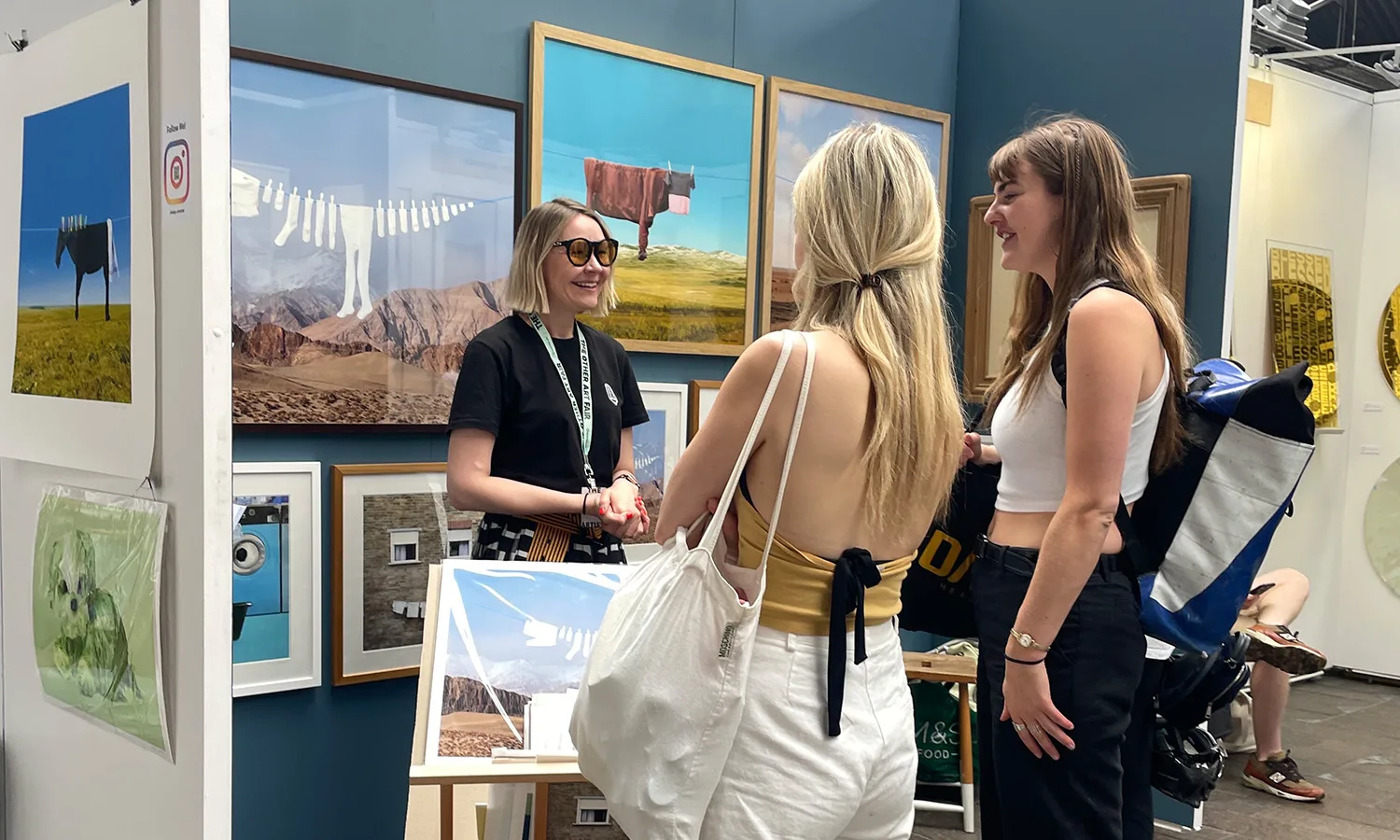
Do you have any sort of ritual or habit, something that you do to get into a creative mindset?
That’s a very good question. I have my sketchbook, where I sketch all those little observations. I also do observations on a daily basis. I’ll be making salad and looking at lettuce or cucumbers, at doorknobs, windows. Then in the evening, for example, I’ll be looking at the sketches and thinking, “Can I combine any of those observations together? Is there anything interesting, could two observations coexist in one story?” It’s these daily observations and that sketchbook, the mix of the two, that really help me stay creative and help me keep creating things.
You have a very strong social media following – your art very easily generates a conversation among viewers. How do you envision your audience’s role in your artwork?
Oh, I love it. I love when people interact with my work, and I always welcome constructive feedback, like from photographers, especially regarding light and all those technical things because I’m not really a photographer by training.
And I always welcome different interpretations of my work. You are completely right: it’s very easy to strike up a conversation by looking at my art. For example, recently in Toronto, one lady stopped by my stand and said, “Well, your work is very political. I think what you’re trying to say is protect the animals. The animals on the clothesline, you know, it’s so powerful, we really need to protect the animals.” And I thought, “Wow, that’s a very interesting point of view. It’s not what I had in mind when I was creating the pieces, but it certainly has that message as well. If you look at them from this angle, of course, especially my Polar Bear piece. It does really have this message that animals need to be protected.
View this post on Instagram
View this post on Instagram
In general, what do you hope that people will take away from looking at your art or experiencing it?
I hope that people start looking around them with curiosity, because something I hear very often from visitors at my exhibitions is, “Oh, that is so simple. What you do is so simple.” And I’m like, yes, it is very simple, it’s just an observation. I really hope that people who come across my work start looking around and discovering their own faces, their own clothesline animals, something of their own.
This is actually what I see on Instagram. Very often, people send me little snippets of what they see around their homes or what they spot on the streets, like a bush that looks like a dog or maybe a little face in the pavement made by two leaves and sneaker lace. This makes me very happy, because this is when I realise that it’s working, and my art really inspires people to look around and to be more present, more connected with what’s around them.
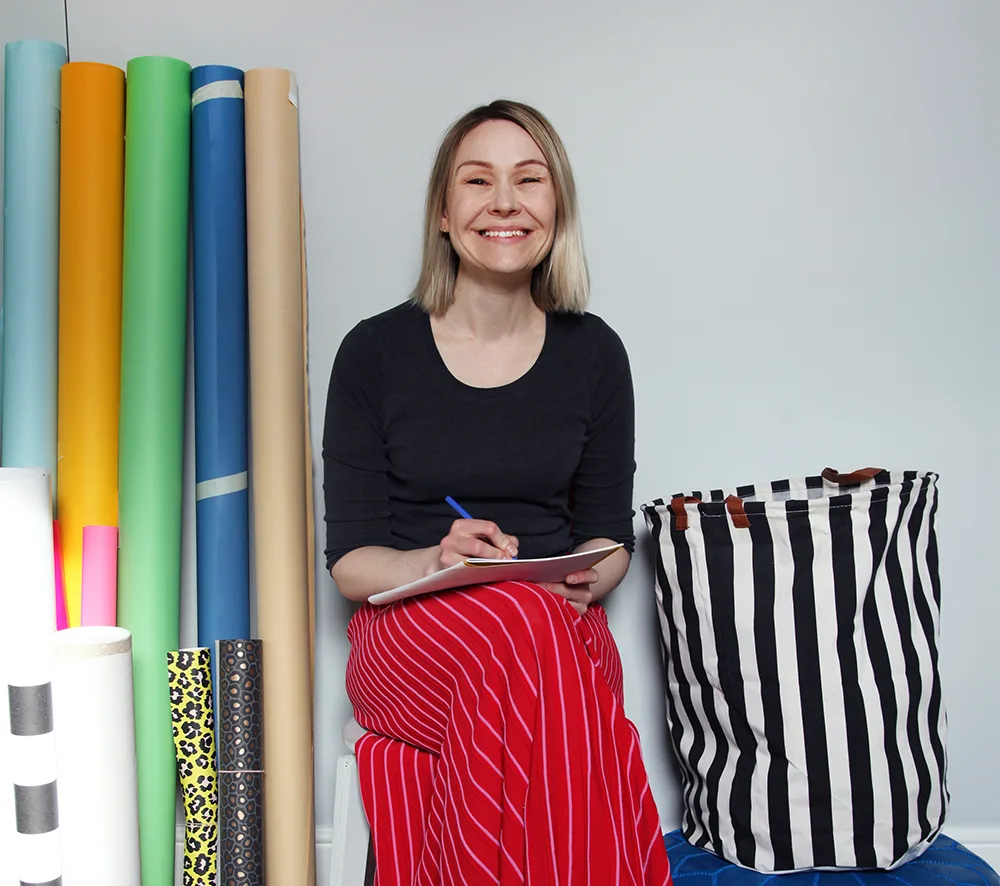
I really hope that people who come across my work start looking around and discovering their own faces, their own clothesline animals, something of their own.
Do you have any advice that you would give to young artists who are trying to find their unique voice?
The only piece of advice that I give to younger artists is something I tell myself all the time as well: be observant of yourself. We just really need to listen to ourselves very carefully and do what we enjoy doing, because creativity can be expressed in so many different ways. People can be photographers, artists, videographers – and within each category, there can be lots and lots of different directions.
What’s really important is to find what sparks joy for you, what really makes you wake up in the morning and feel happy about starting a certain project and doing something. I think when you have that, it means that you’re on the right track. It doesn’t really matter whether your project gets instant recognition or not. It will make you happy, and it will make you feel fulfilled.
This is why I switch between different media as well. I might wake up one morning and not feel like doing photography. I might feel like I really want to do sculpture. So I always try to go with the flow, and this is the art of daily life. This is where we get the best results, because we put our heart and soul into what we’re doing. And for creatives, that’s very important.

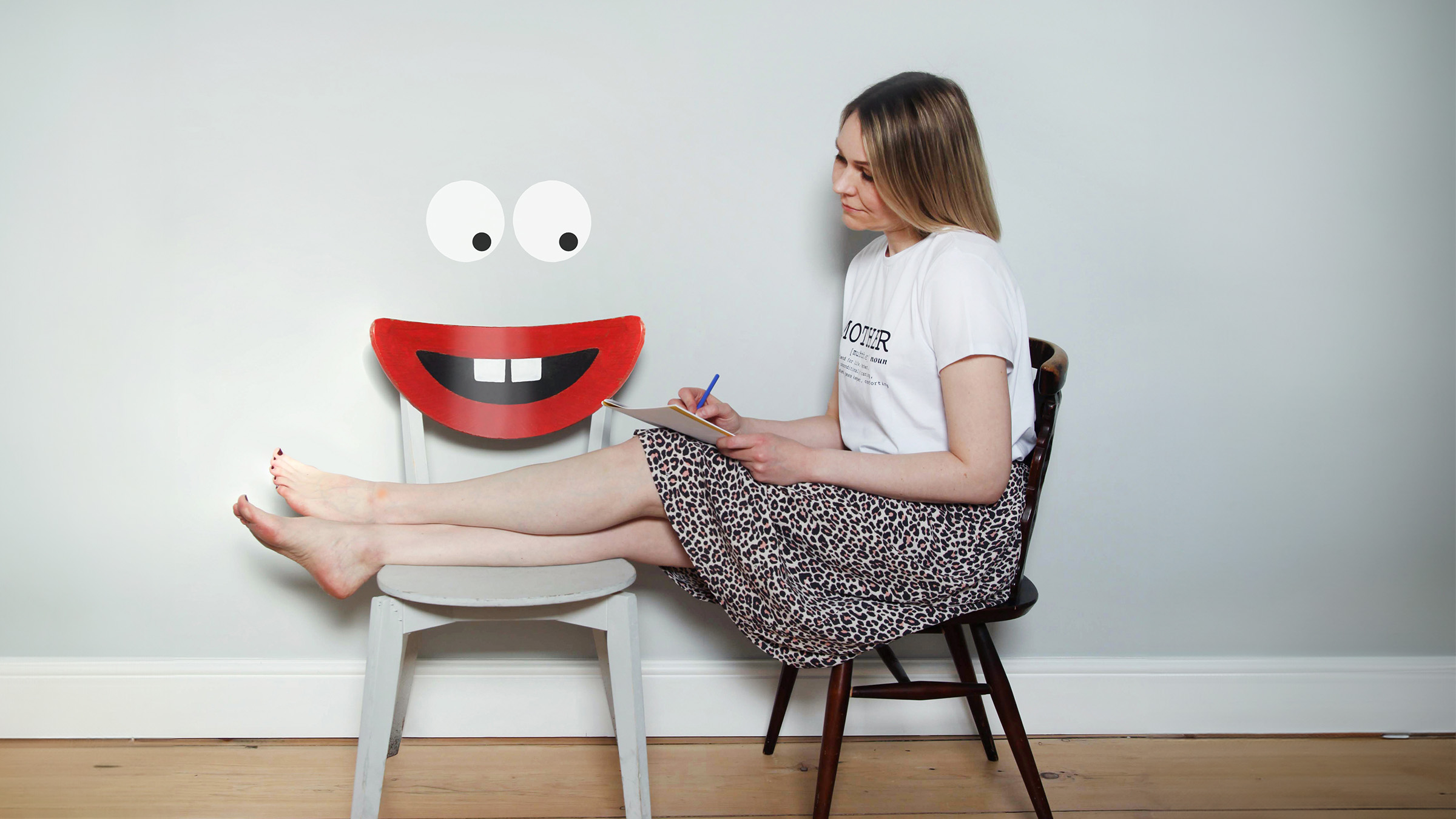
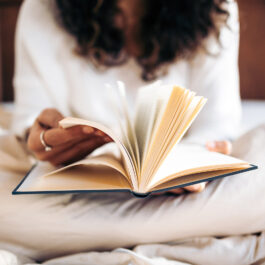

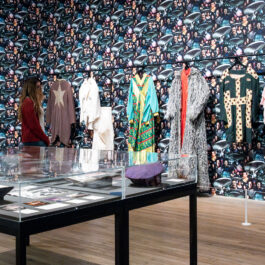
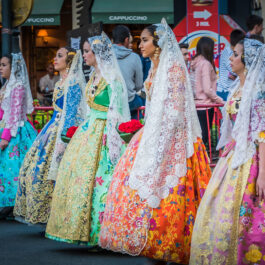
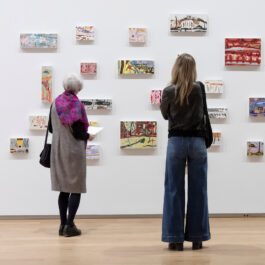

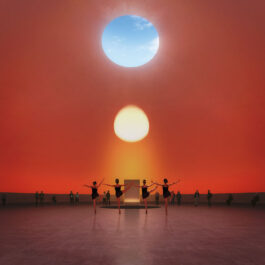
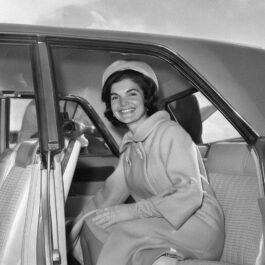
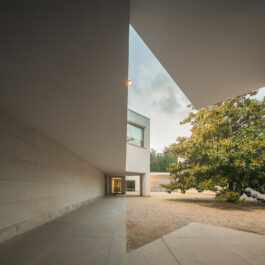
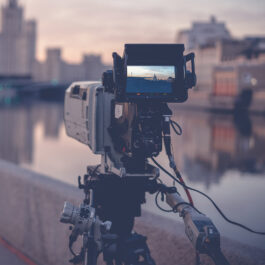
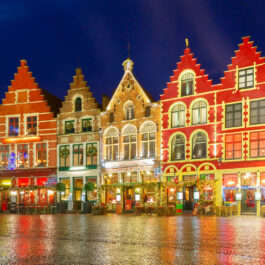
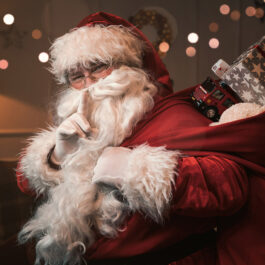
Sorry, the comment form is closed at this time.